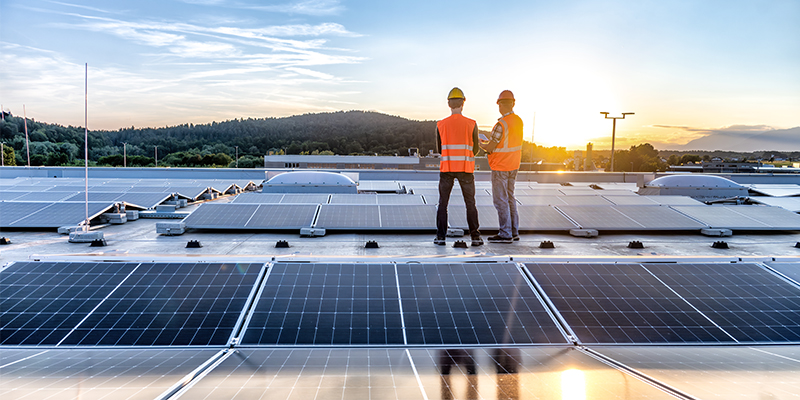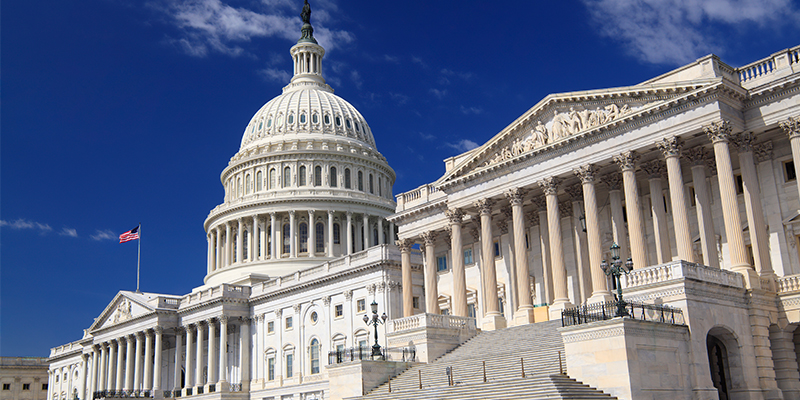By Lucy Cromwell
Private equity firms often consider commercial buildings a smart place to invest their money, and property may be perceived as a stable investment option.
As with all types of investing, it is vital to keep up to date with the latest trends in the industry. In recent years, there have been huge advances that have changed the how, where and why of commercial real estate investment, including PropTech, big data and rising interest in mixed-use developments.
Here are some of the key emerging trends in the sector that you could consider leveraging for greater profit.
Adoption of PropTech
Undoubtedly one of the key trends driving private equity interest in commercial real estate is the advances in PropTech – any kind of digital technology used to improve or make things easier for businesses operating in the property sector.
Private equity investors are always looking to maximize and optimize their ventures, and PropTech is making it easier for them to do this.
Much of this technology is focused on simplifying transactions for prospective buyers – providing better information that places them in a position to feel they are making an informed choice to buy.
For example, 3D virtual tours offer an immersive and instant experience for those interested in a property, making it far easier for potential buyers to “visualize spaces in detail, accurately assess layout and dimensions, and make informed decisions,” according to Tim Brickle, CEO and founder of 3D Walkabout.
There has also been a rise in the use of augmented reality technology, which can allow prospective buyers to overlay digital elements in the real world; this makes it much easier for investors to visualize how a renovated space could look.
Going green
There has been a major move by private equity investors towards environmentally friendly investments.
In terms of commercial real estate, there has been a consistent shift favoring investments in buildings with eco-friendly designs or renewable energy features.
There are many reasons that eco-conscious design has become a popular feature for commercial real estate purchasers. One major factor is in-built renewable energy devices, which can lower electricity costs.
Environmentally-friendly real estate commands an average of 11.6% higher rental fees than non-green buildings. But there has also been a shift towards looking for opportunities where older buildings can be retrofitted to become more efficient.
Changes such as installing smart HVAC systems or LED lighting can make a building significantly more attractive to future purchasers.
Data-driven investments
The use of big data analytics and artificial intelligence as a factor in evaluating investment opportunities is another important shift that has been seen in private equity commercial real estate investing. Making data-driven decisions can help investors get a competitive advantage. In some cases, big data can challenge common sense assumptions. For all the doom and gloom that has been broadcast about the decline of retail, the figures show something different.
According to a report from Atlus Group, in the first quarter of 2024, retail buildings had the lowest vacancy rates at 4.1% compared to other sectors of commercial real estate, even industrial and multifamily properties. Without in-depth data analysis of the building rental market, this kind of insight could get overlooked.
Additionally, data-driven investment allows for more accurate forecasting and modeling. Being able to consistently understand the projected rent for a property over a longer period allows investors to make better decisions in terms of return on their investment.
Growth of mixed-use developments
One key trend that has been noticeable across real estate investment has been the growth of mixed-use developments. These are large-scale property investments that can combine a mix of retail space, residential properties, entertainment venues and office buildings in a single location.
The focus here is on creating community spaces that provide everything an individual needs in one complex. These spaces can promote a sense of well-being by encouraging social interaction through shared spaces like cafes, parks and leisure facilities, while offering convenient access to services like grocery stores, fitness centers and healthcare providers. They help reduce the need for transport and support local economies.
For investors, there is the chance to diversify their income streams and create different pathways for revenue from their investments.
Specializing in niche real estate sectors
Niche real estate sectors have become a lively area for investment in recent years, each with their own specifications and considerations.
For example, data centers have become a popular niche sector, but one of the major costs comes in keeping it cool. While some data centers are strategically located in cooler climates to reduce cooling expenses, others are concentrated in high-demand areas such as Northern Virginia, Silicon Valley and Texas, where proximity to key industries and connectivity outweighs climate considerations.
In a different direction, areas with an older population have a greater use for retirement and healthcare facilities. As such it has become essential to conduct location-specific research before investing.
Emphasis on experience
The customer is king – and in commercial real estate, that means the tenant is king. Private equity firms are increasingly noticing the benefits of a positive tenant experience as it is the natural path to longer, more profitable leases, as well as easier client retention.
Investors might be interested in properties that have utilized digital services such as keyless entry or online maintenance booking. These kinds of features make life easier for tenants and it will impact the way they think about the property they are renting.
The rise of health and wellness real estate
Wellness has been of significant importance in real estate for several years. Tenants are looking for properties that can offer health-conscious benefits to users, such as increased air quality, hygiene-focused touch-free technology, or high-quality natural light sources.
Wellness features can help commercial buildings to stand out from their competition in a crowded marketplace as well as potentially offering higher rental yields. Indeed, as individuals have become more invested in health and well-being as a part of their personal lives, it has had an impact on the decisions they make around where they work and the business decisions they make.
Commercial real estate that emphasizes these areas can allow tenants to align their personal goals with the property they rent.
In conclusion
Many key emerging trends around private equity investments in commercial real estate revolve around technology.
Given the massive technological advances we have seen in recent years, perhaps it’s not surprising to see it impact investments.
We can expect to see optimizing technologies such as PropTech and big data continue to play a key role in the growth of this industry.








